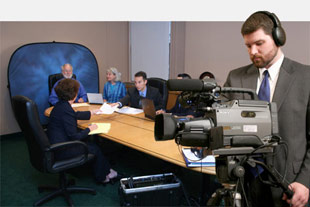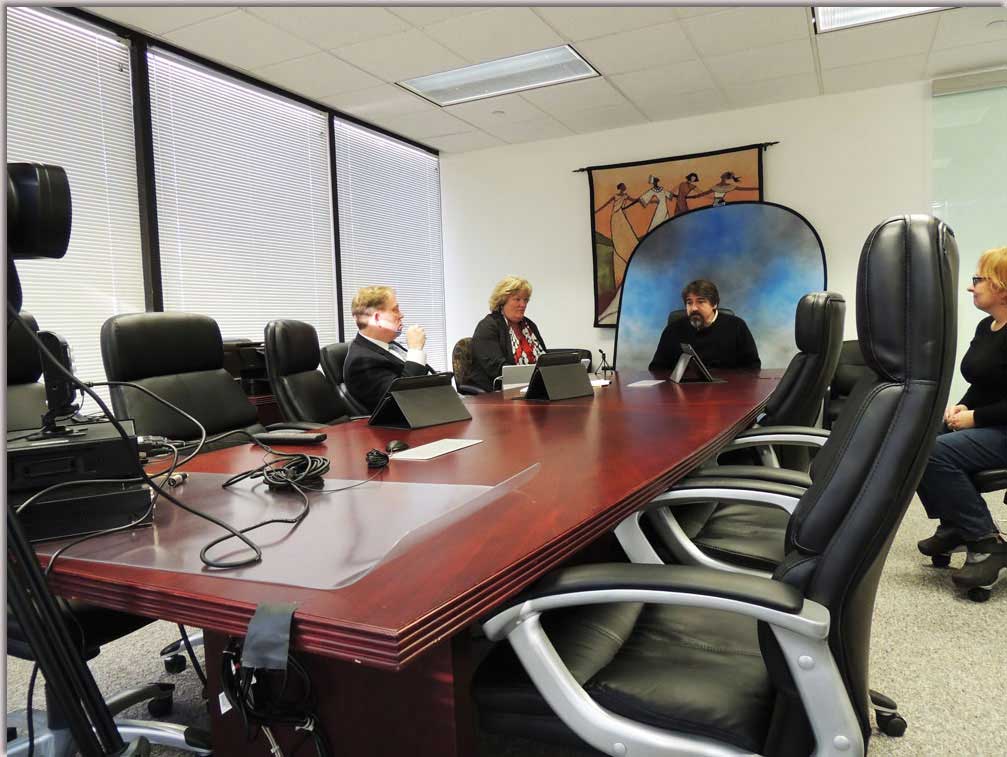The Duty of Legal Videography in Modern Legal Process
The Duty of Legal Videography in Modern Legal Process
Blog Article
Looking Into the Devices of Lawful Videography: Introduction Its Procedure in Shielding Authentic Visual Testimony for Judicial Proceedings
In the world of judicial process, the duty of legal videography stands as a foundation in protecting and presenting aesthetic proof. As innovation continues to advancement, the mechanisms behind lawful videography have actually come to be significantly detailed, offering a critical layer of authenticity to testimonies captured on video. By delving right into the operational details of lawful videography, one can reveal the meticulous procedures that guard the stability of visual proof offered in courts - Legal Videography. This expedition not just loses light on the historic evolution of lawful videography yet likewise means the future trends that may even more change just how aesthetic testimonies are upheld in the world of justice.
Historic Evolution of Legal Videography
Examining the historic progression of legal videography discloses a substantial change in the capturing and discussion of visual evidence within the legal landscape. In the past, legal procedures greatly relied upon created pictures and transcripts to document events and offer proof. Nevertheless, with the arrival of video clip innovation, the lawful sector witnessed a paradigm shift in just how visual testimony was recorded and provided.
The advancement of legal videography can be traced back to the late 20th century when advancements in video recording tools made it more accessible for use in courts. This technological innovation not just boosted the precision and dependability of aesthetic evidence but additionally revolutionized the method instances were provided to courts and juries (Legal Videography). Lawyers began to identify the convincing power of video clip recordings in communicating feelings, subtleties, and non-verbal signs that composed photographs or records alone can not catch properly

Innovation Improvements in Video Clip Paperwork
What crucial technological developments have transformed video documentation in the lawful area? The lawful area has seen significant advancements in video clip documents innovation that have enhanced the credibility and integrity of visual evidence in judicial process. Among the essential advancements is high-definition (HD) video clip recording capacities, which provide crystal-clear pictures and sharp details that are crucial for properly catching testimonies, faces, and various other visual signs. In addition, the combination of timestamping and metadata features in video clip documentation devices has enabled specific paperwork of when and where the video clip was taped, guaranteeing the integrity of the proof presented in court.
Moreover, developments in video clip encryption and watermarking modern technologies have boosted the security and tamper-proof nature of video proof, safeguarding it against unapproved alterations or tampering. In addition, the advent of cloud storage remedies and remote access abilities has structured the storage space, retrieval, and sharing of video proof, promoting seamless partnership among lawyers and guaranteeing reliable accessibility to critical visual testimonies when needed. These technical innovations in video clip documents have actually undoubtedly revolutionized the legal field, enhancing the precision, credibility, and admissibility of visual proof in judicial process.
Duty of Lawful Videographers in Court Settings
The evolution of video documents modern technology in the legal field has actually required an essential role for lawful videographers in court setups, making certain the honesty and dependability of visual testaments presented throughout judicial procedures. Legal videographers play a basic function in recording and protecting accurate aesthetic evidence that can be essential in lawsuit. Their duty encompasses establishing devices, tape-recording process, and creating premium video clips that precisely show the events in the court room.
Furthermore, legal videographers commonly function very closely with lawful teams to ensure that the video evidence lines up with the situation's demands and can be properly offered in court to sustain the why not try this out lawful debates being Recommended Reading made. Overall, the role of lawful videographers in courtroom settings is crucial in supporting the concepts of justice and ensuring the transparency of lawful process. Legal Videography.

Ensuring Admissibility and Honesty of Video Proof
To keep the trustworthiness of aesthetic evidence provided in lawful process, guaranteeing the admissibility and stability of video clip proof is a vital duty for lawful videographers. Admissibility refers to the acceptance of evidence by the court, and for video evidence to be acceptable, it has to meet certain requirements. Lawful videographers play a critical duty in ensuring that the videos they catch follow the regulations of proof, such as importance, credibility, and reliability.
Stability of video evidence involves maintaining the creativity and precision of the video from the moment it is taped up until it exists in court. This includes securely saving the video clip data, documenting the chain of protection, and protecting against any type of tampering or alterations. Legal videographers have to abide by rigorous protocols to assure the stability of the video proof and protect against any challenges to its authenticity.
Future Trends in Legal Videography
Offered the boosting reliance on technology in lawful procedures, legal videographers are positioned to accept innovative advancements forming the future of visual testimony capture and discussion. One of the prominent fads coming up is the assimilation of digital truth (VR) and boosted truth (AR) technologies right into legal videography. These modern technologies have the prospective to revolutionize just how visual proof is presented in court rooms, enabling courts and judges to submerse themselves in the scene of the crime or case.
Additionally, making use of artificial knowledge (AI) algorithms for video evaluation is expected to enhance the process of examining and analyzing big quantities of video footage. AI can help in recognizing essential minutes, anomalies, and patterns within videos, boosting the efficiency of legal examinations.

Conclusion
Finally, legal videography has actually played a vital role in giving authentic aesthetic evidence for judicial procedures. Via technological innovations and the know-how of lawful videographers, the stability and admissibility of video clip evidence are made sure in court room settings. As lawful videography proceeds to develop, it will certainly be necessary to maintain standards that preserve the precision and integrity of visual statement for the future of lawful proceedings.
Analyzing the historic development of lawful videography reveals a considerable makeover in the capturing and presentation of visual proof within the lawful landscape.The evolution of video paperwork modern technology in the legal field has required a critical role for legal videographers in court settings, making sure the honesty and integrity of visual testimonies presented during judicial procedures. Furthermore, legal videographers commonly function very closely with lawful groups to make certain that the video clip proof straightens with the instance's needs and can be properly offered in court to sustain the legal debates being made.To maintain you could try this out the trustworthiness of aesthetic evidence presented in legal proceedings, guaranteeing the admissibility and stability of video clip evidence is a vital obligation for legal videographers. As legal videography continues to evolve, it will certainly be vital to promote criteria that preserve the accuracy and reliability of visual testament for the future of lawful procedures.
Report this page